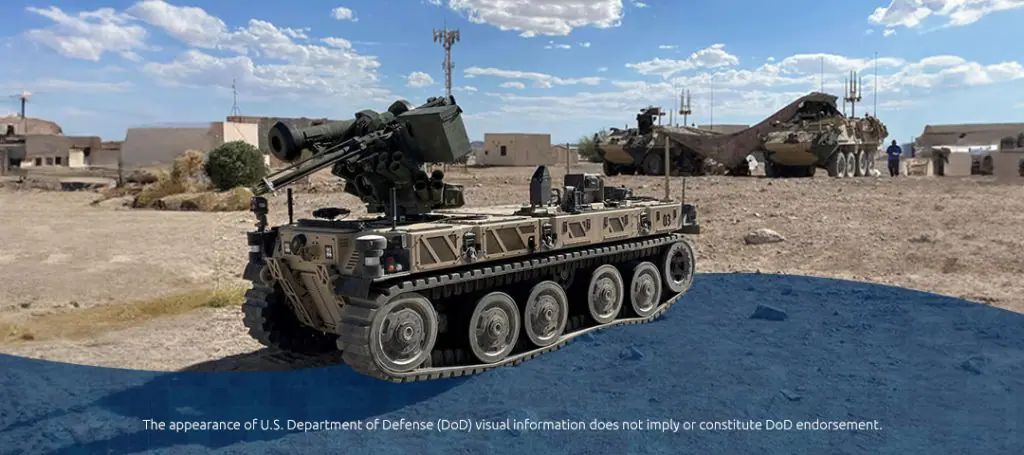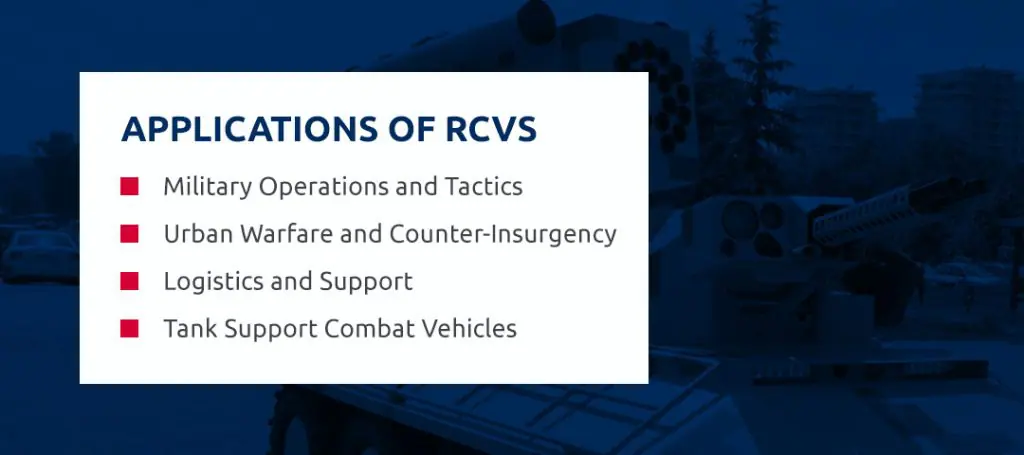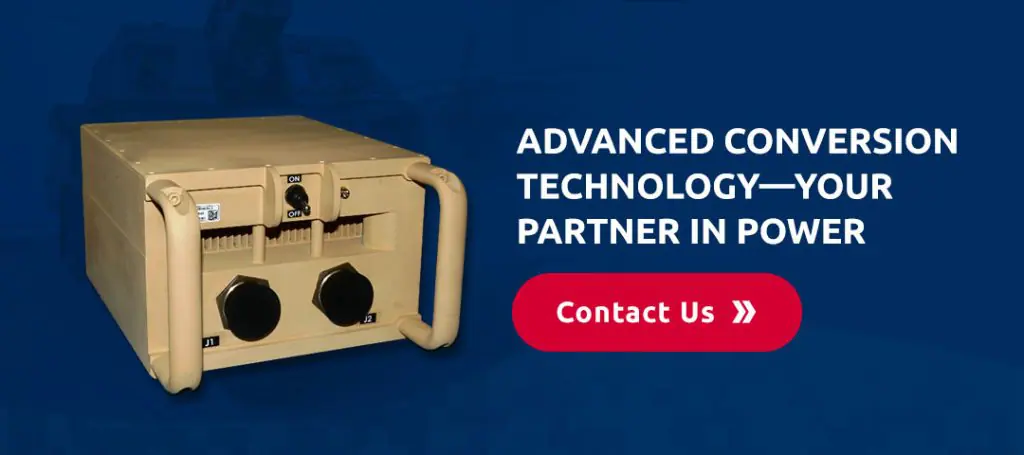

Modern warfare is rapidly evolving due to technological advancements. The robotic combat vehicle (RCV) is one recent innovation. This machine exemplifies the specialized capabilities and strategic advancement that characterize U.S. military engineering.
RCVs and ground vehicle systems enhance the military’s capabilities in various operations. These cutting-edge technologies combine cutting-edge robotics, artificial intelligence (AI), and advanced weaponry to maneuver across challenging terrains, gather critical information, and engage enemy forces. The integration of Army robotic combat vehicles heralds a new era of enhanced battlefield capabilities and defense strategies.
Review this guide to learn more about this next-generation combat vehicle’s applications and the critical need for a reliable RCV power source.
RCVs are crewless vehicles designed to operate or via remote control or semi-autonomously —minimizing risks to human personnel and maximizing operational efficiency. Their primary purpose is to fulfill many roles on the battlefield, making them formidable assets in modern warfare. Due to their versatility, various types and classifications of RCVs exist—each tailored to specific mission requirements.
Here are the different variants of RCVs:
Because of their versatile design, RCVs boast many capabilities. Some of these features can include the following:

RCVs enhance next-generation combat vehicles’ capabilities across various operational domains.
RCVs are crucial in military operations. They provide enhanced situational awareness, reconnaissance, and surveillance capabilities. For example, they can scout enemy positions, conduct stealthy reconnaissance missions, and gather real-time intelligence without risking human lives on the battlefield.
RCVs are also valuable assets for logistical support tasks, which may include convoy protection, supply transport, and medical evacuation. RCVs free up human and other resources by automating routine logistics operations—allowing military forces to focus on mission-critical objectives.
RCV variants provide invaluable assistance to armored units on the battlefield. These RCVs enhance tanks’ firepower and survivability with heavy weaponry and advanced targeting systems, accurately engaging enemy targets.
RCVs offer many benefits, yet they also present unique downsides that impact their effectiveness on the battlefield.
Other than versatility, RCVs have the following strengths.
Of course, RCVs also have potential drawbacks.
The newest U.S. military vehicles require a steady, uninterrupted power supply to function. In combat scenarios—where every second counts—a power failure could jeopardize the success of a mission and compromise the safety of personnel and assets.
No ordinary power supply will do. RCVs demand rugged, durable power supplies capable of withstanding harsh environmental conditions encountered on the battlefield. These must provide stable output voltages and currents to support the various electronic components and systems aboard RCVs.
Additionally, RCV power supplies must be compact, lightweight, and energy-efficient while maximizing operational range and endurance. That’s many boxes to check, making it challenging to find the appropriate supplier.

That’s where we come in. ACT is a trusted leader in military-grade power supplies, with over 40 years of experience designing and manufacturing reliable AC-DC and DC-DC power solutions. Our vertically integrated manufacturing facility can meet the most demanding requirements, including those necessary to reliably power RCVs.
We tailor our power supplies to support your program needs, providing rugged, performance-driven solutions that ensure mission success in harsh environments. ACT offers our expertise to defense contractors and engineering professionals seeking to enhance next-generation RCVs’ capabilities through advanced power supply technology.
Investing in reliable power supplies is crucial for the success of next-generation combat vehicles like RCVs. Defense contractors and engineering professionals can trust ACT’s expertise and field-proven solutions to meet the rigorous demands of the battlefield. Contact us today to learn more about our military-grade power supplies.